Ask AI on The Internet
Question: 2.1 Study the picture below and argue whether it is suitable to develop Foundation Phase learners’ language. (10) 2.2 Illustrate ideas you can use to make this classroom print rich. (10) 2.3 Discuss the role played by environmental print in enhancing children’s reading skills. (10) 2.4 Evaluate and debate the multifaceted impact of parents in the advancement of early literacy. (10) QUESTION 3 [30] 3.1 Explain how environmental print can be incorporated in the classroom to promote emergent reading. (5) 3.2 List five ways in which early literacy manifests itself in young children, as stated by Strickland et al (2004). (5) 3.3 Differentiate between storytelling and story reading. (10) 3.4 Discuss various strategies for reading aloud that can be used in the Foundation Phase to promote reading. (10) TOTAL: 100 MARKS
Certainly! Let's break down each question to provide detailed advice and insights. ### 2.1 Suitability of the Picture for Developing Foundation Phase Learners' Language (10) To argue whether a particular picture is suitable for developing Foundation Phase learners' language, consider the following points: - **Content and Context**: Does the picture depict a scene or objects that are familiar and relatable to the learners? Familiarity helps in understanding and discussing the picture. - **Complexity**: Is the picture simple enough for young learners to comprehend, yet detailed enough to prompt questions and discussions? - **Language Opportunities**: Does the picture offer opportunities to introduce new vocabulary, concepts, or sentence structures? Can it be used to promote storytelling or descriptive skills? - **Cultural Relevance**: Is the picture culturally appropriate and representative of the learners' backgrounds? - **Engagement**: Is the picture interesting and engaging for the learners? Will it capture their attention and stimulate conversation? For example, a picture of a farm scene might be suitable as it offers a variety of animals, actions, and objects to discuss, helping to develop vocabulary and sentence structures through interactive conversation and questioning. ### 2.2 Ideas for a Print-Rich Classroom (10) To make a classroom print-rich, consider the following ideas: - **Labels**: Label objects around the classroom (e.g., "door," "window," "book shelf") to help children associate words with objects. - **Word Walls**: Create a wall with high-frequency words or thematic vocabulary that children can refer to. - **Posters and Charts**: Display posters with alphabets, numbers, colors, and days of the week. - **Books and Magazines**: Have a diverse library of age-appropriate books and magazines accessible to children. - **Interactive Boards**: Use whiteboards or chalkboards where children can practice writing and drawing. - **Student Work Displays**: Showcase children's writing and artwork to give them a sense of pride and ownership. - **Instructional Displays**: Post instructions step-by-step for common activities to aid in reading comprehension and following directions. - **Pictures with Captions**: Place pictures with simple captions around the classroom to add context to words. - **Classroom Rules and Schedules**: Write out classroom rules and daily schedules for children to read. - **Letters and Numbers**: Display large letters and numbers around the classroom to reinforce recognition. ### 2.3 Role of Environmental Print in Enhancing Children's Reading Skills (10) Environmental print refers to the print that children see in their daily environment, such as signs, labels, logos, and packaging. Its role in enhancing children's reading skills includes: - **Recognition**: Familiarity with environmental print helps children recognize words and symbols they encounter regularly. - **Contextual Learning**: Children learn words within the context, making it easier to understand and remember them. - **Motivation**: Seeing familiar print in their environment can motivate children to learn to read similar words in books. - **Functional Literacy**: Understanding environmental print helps children navigate their world, enhancing their practical reading skills. - **Vocabulary Development**: Exposure to environmental print increases children's vocabulary as they learn new words and concepts. - **Phonemic Awareness**: Recognizing similar sounds in familiar words helps develop phonemic awareness. - **Letter-Sound Correspondence**: Environmental print offers real-world examples of letter-sound relationships. - **Reading Enjoyment**: When children recognize words in their environment, it can build their confidence and enjoyment in reading. - **Print Awareness**: Understanding that print carries meaning and functions within their environment. - **Interaction**: Environmental print often leads to interactions with adults and peers, prompting discussions about the words and symbols, enhancing comprehension. ### 2.4 Impact of Parents in the Advancement of Early Literacy (10) Parents play a multifaceted role in advancing early literacy through various means: - **Reading Aloud**: Regularly reading aloud to children helps develop listening skills, comprehension, and vocabulary. - **Modeling**: Parents who read themselves demonstrate that reading is a valuable and enjoyable activity. - **Literacy-Rich Environment**: Providing access to books and other reading materials at home promotes literacy. - **Engagement**: Interactive activities like storytelling, discussing books, and playing word games stimulate literacy development. - **Supportive Practices**: Encouraging children to write, helping with homework, and showing interest in their literacy progress. - **Language Exposure**: Talking to children, introducing new vocabulary, and explaining concepts broadens their language skills. - **Positive Reinforcement**: Praising efforts and celebrating reading milestones builds confidence and motivation. - **Access to Resources**: Enrolling children in libraries, educational programs, and literacy-related activities. - **Daily Activities**: Integrating literacy into daily routines, such as reading recipes or instructions together. - **Cultural Exposure**: Sharing stories from different cultures to encourage a broader understanding of language and literacy. ### QUESTION 3 [30] ### 3.1 Incorporation of Environmental Print to Promote Emergent Reading (5) Environmental print can be incorporated in the classroom in various ways to promote emergent reading: - **Labeling Objects**: Label classroom items such as "desk," "chair," and "window." - **Classroom Bulletin Board**: Have a dedicated space for students to bring in and display examples of environmental print from home. - **Interactive Display**: Create a learning center with commonly found signs and labels, encouraging students to match items with words. - **Thematic Units**: Incorporate environmental print into thematic units, like a grocery store setup with real food packaging and signs. - **Routine Inclusion**: Use and reference environmental print during daily routines, such as pointing out and reading the calendar and schedule. ### 3.2 Manifestations of Early Literacy in Young Children (5) According to Strickland et al. (2004), early literacy manifests itself in the following ways: 1. **Oral Language Development**: Increasing vocabulary and sentence structure complexity. 2. **Phonological Awareness**: Recognition of sounds and rhymes in spoken language. 3. **Print Awareness**: Understanding that print carries meaning and has different functions. 4. **Alphabet Knowledge**: Recognition of letters and understanding the alphabet. 5. **Emergent Writing**: Beginning stages of writing, such as scribbling and forming letters. ### 3.3 Differentiation Between Storytelling and Story Reading (10) - **Storytelling** involves narrating a story from memory or improvisation. It is often more interactive, engaging children through gestures, voice modulation, and eye contact. It allows for flexibility and adaptation based on the audience's response. - **Pros**: Enhances imagination, fosters oral language skills, and has a personal touch. - **Cons**: Requires a storyteller with good memory and narrative skills, may lack precise language structure. - **Story Reading** involves reading a story from a book or written text. It is more structured and provides a consistent language experience, introducing children to the written word and sentence structures. - **Pros**: Introduces vocabulary and syntax, provides visual connections with text, and supports emergent reading skills. - **Cons**: May be less flexible and engaging, could limit imagination if not interactive. ### 3.4 Strategies for Reading Aloud in the Foundation Phase (10) To promote reading through read-aloud sessions, teachers can use various strategies: - **Expressive Reading**: Use varied tones, pitches, and volume to bring the story to life. - **Interactive Reading**: Ask questions, encourage predictions, and involve children in the storytelling. - **Repetition**: Read favorite books multiple times to encourage familiarity and anticipation. - **Picture Walks**: Before reading, look through the pictures and discuss what might be happening to build background knowledge. - **Follow Along**: Encourage children to follow along with their fingers to connect spoken words with print. - **Modeling Thinking**: Think aloud while reading to model comprehension strategies, such as making predictions and summarizing. - **Rhythm and Rhyme**: Choose books with rhythmic and rhyming text to enhance phonological awareness. - **Relatable Stories**: Select stories that relate to the children's experiences and interests to maintain engagement. - **Discussion**: Have post-reading discussions to deepen understanding and personal connections to the story. - **Diverse Genres**: Expose children to various genres to broaden their literary experience and understanding. By employing these strategies, teachers can create an engaging and supportive reading environment that fosters a love of reading and critical literacy skills in young children.
Think your answer is better than the AI's? Post it below.
Other Most Relevant Posts:
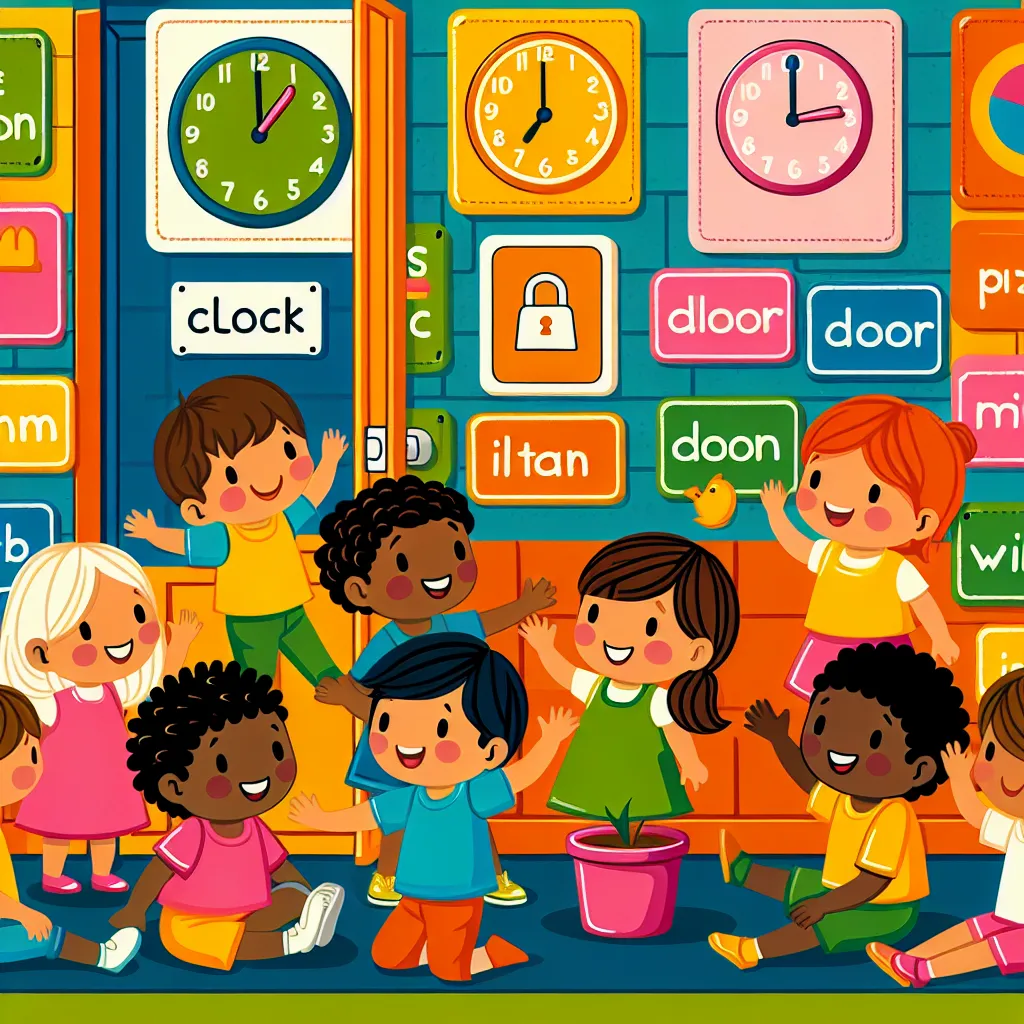 1. **Environmental Print in Emergent Reading**
2. **Early Literacy Indicators by Strickland et al**
3. **Comparing Storytelling and Story Reading**
4. **Effective Read-Aloud Strategies in Foundat
1. **Environmental Print in Emergent Reading**
2. **Early Literacy Indicators by Strickland et al**
3. **Comparing Storytelling and Story Reading**
4. **Effective Read-Aloud Strategies in Foundat
Question Tags
If you want your question answered by an AI, click here.
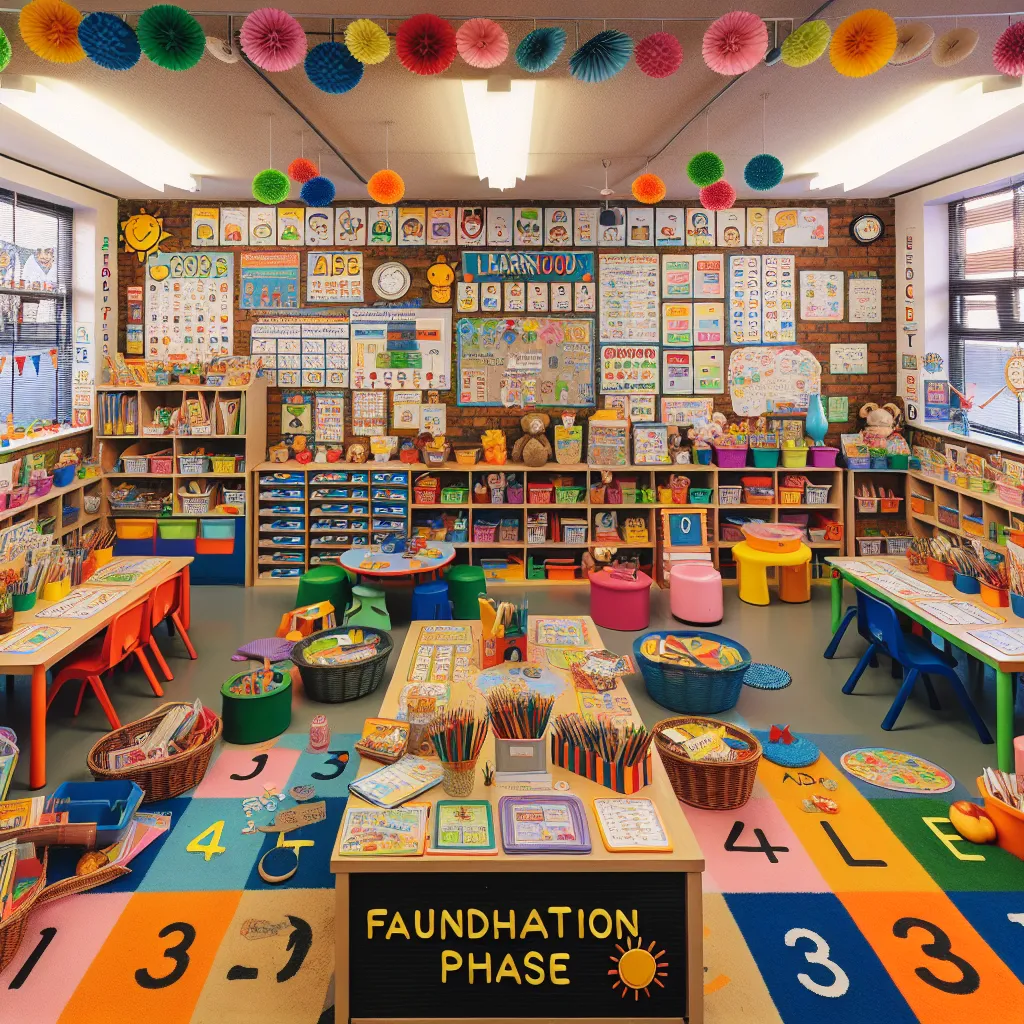
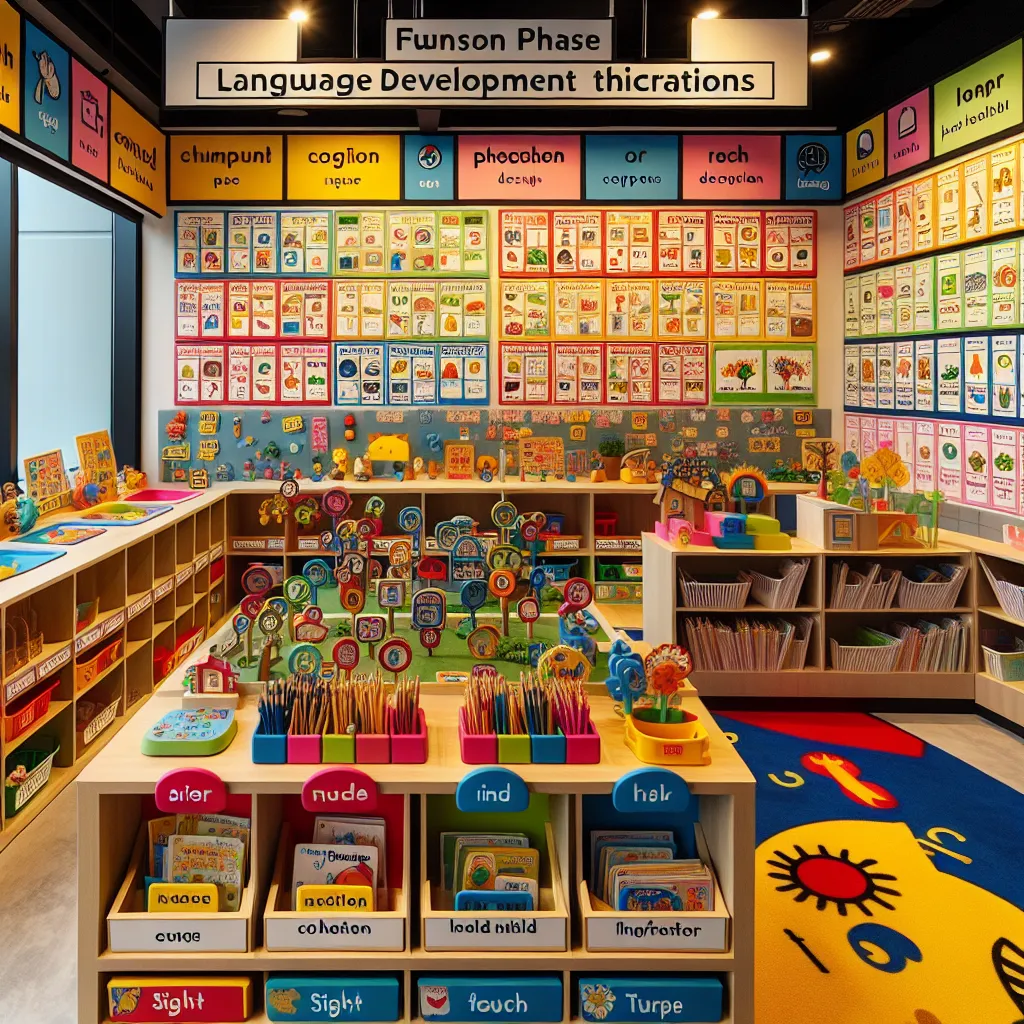
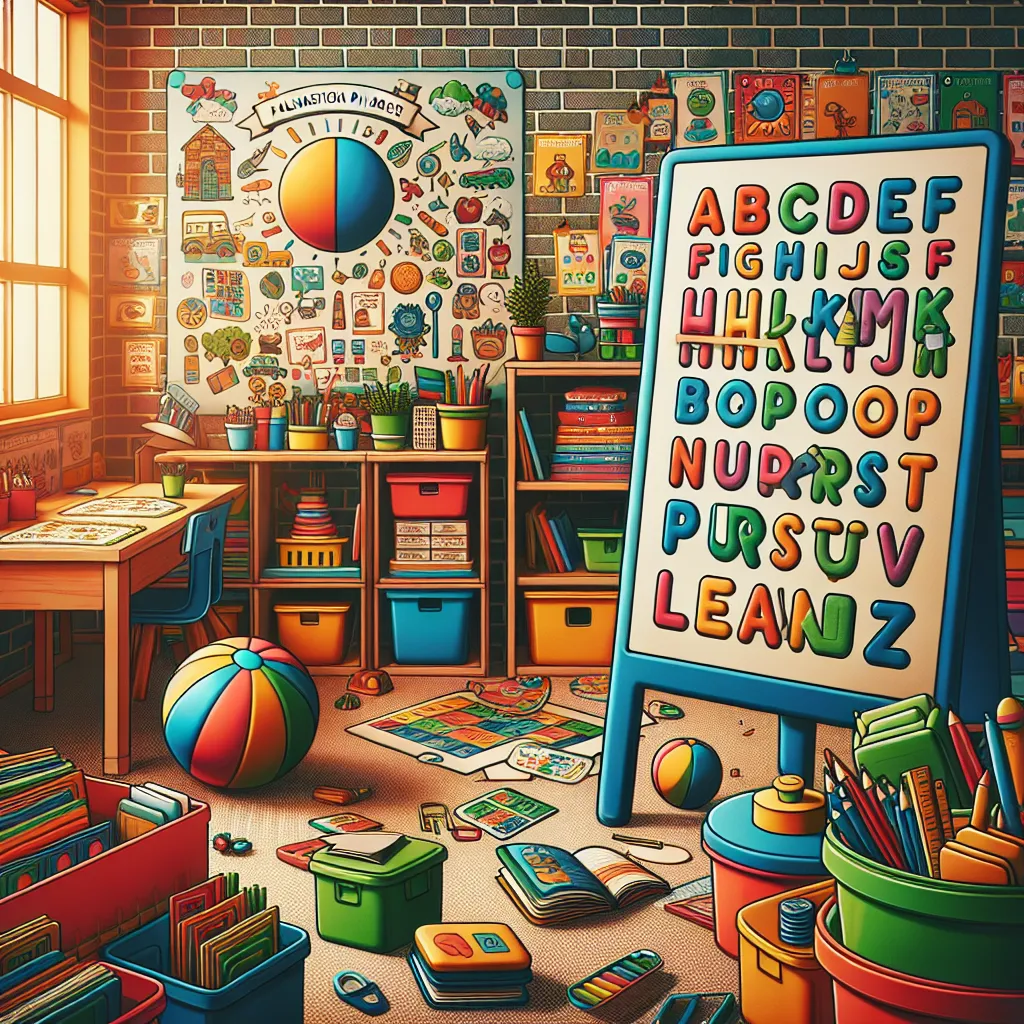
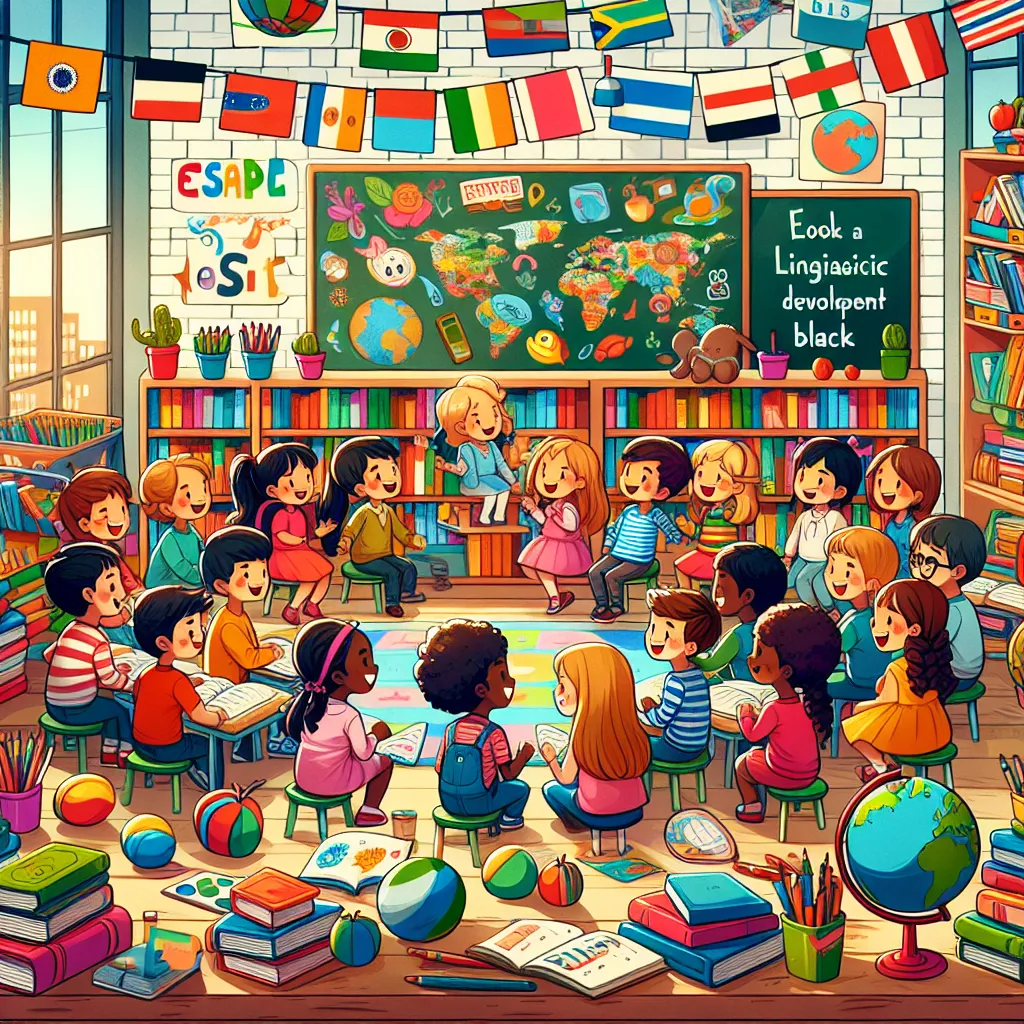


Post your own comment: